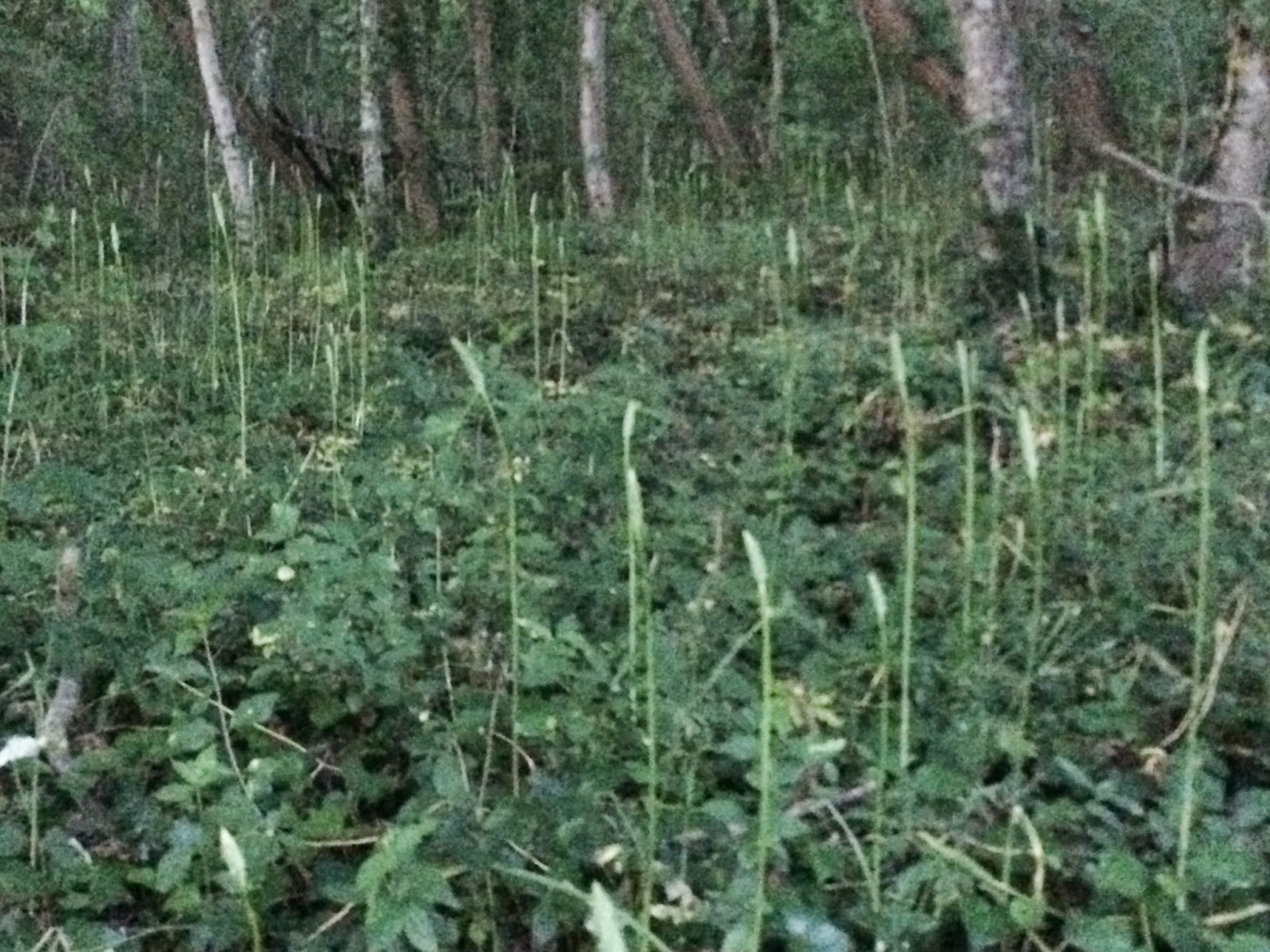Unlike many of the French specialties which we discuss on our blog, this one in particular could be considered an acquired taste. I have even had friends that have said that you need to be born French to enjoy Andouillette, or at least to have been raised in a culture that enjoys eating pig intestines and stomach!
Andouillette is a sausage that is prepared by taking the pig intestines and stomach and cutting them into long strips, shoving them into a tube casing, and seasoning it with salt, pepper, onions, and white wine (Champagne could be used as well, as it is the wine of the region in which Andouillette de Troyes is produced). It is cooked in a stock for several hours, after which it may be served hot or cold, though in Troyes it is almost always served hot, and many times grilled after its preparation in the stock.
Grilled Andouillette de Troyes, served with melted Chaource cheese, which comes from 30km south of Troyes
Andouillette supposedly gets its name from the abbot of St. Loup named Guillaume Andouillette, who came up with this creation in the 15th century. The abbey of St. Loup can be found in the city of Troyes, in the southern part of Champagne. If you don't go for the sausage, you should at least go for the beautiful timbered houses (many of which date back to 16th century) or for the high quality champagne that comes from the Côte des Bars, just southeast of the city of Troyes. Fleury, Drappier, Schreiber, Domaine Marie Courtin, Vouette et Sorbée, and Lassaigne are just some of the great producers that can be found within an hour's drive of Troyes (and found at restaurants and bars within the city limits of Troyes itself).
Just a couple of examples of the well preserved/restored timbered architecture found everywhere in old town Troyes
Personally, it took me a few years to come around to Andouillette. However, after enjoying a beautiful grilled Andouillette in Troyes last year, it is easier to understand why there is an Association (Association Amicale des Amateurs d'Andouillette Authentique, or AAAAA) dedicated to protecting and awarding diplomas to high quality Andouillette!
If you would like to learn more about French cuisine, culture, and enjoy
exploring France, please feel free to check out our award winning food
tours at culinarytoursofparis.com. We hope to see you soon!







